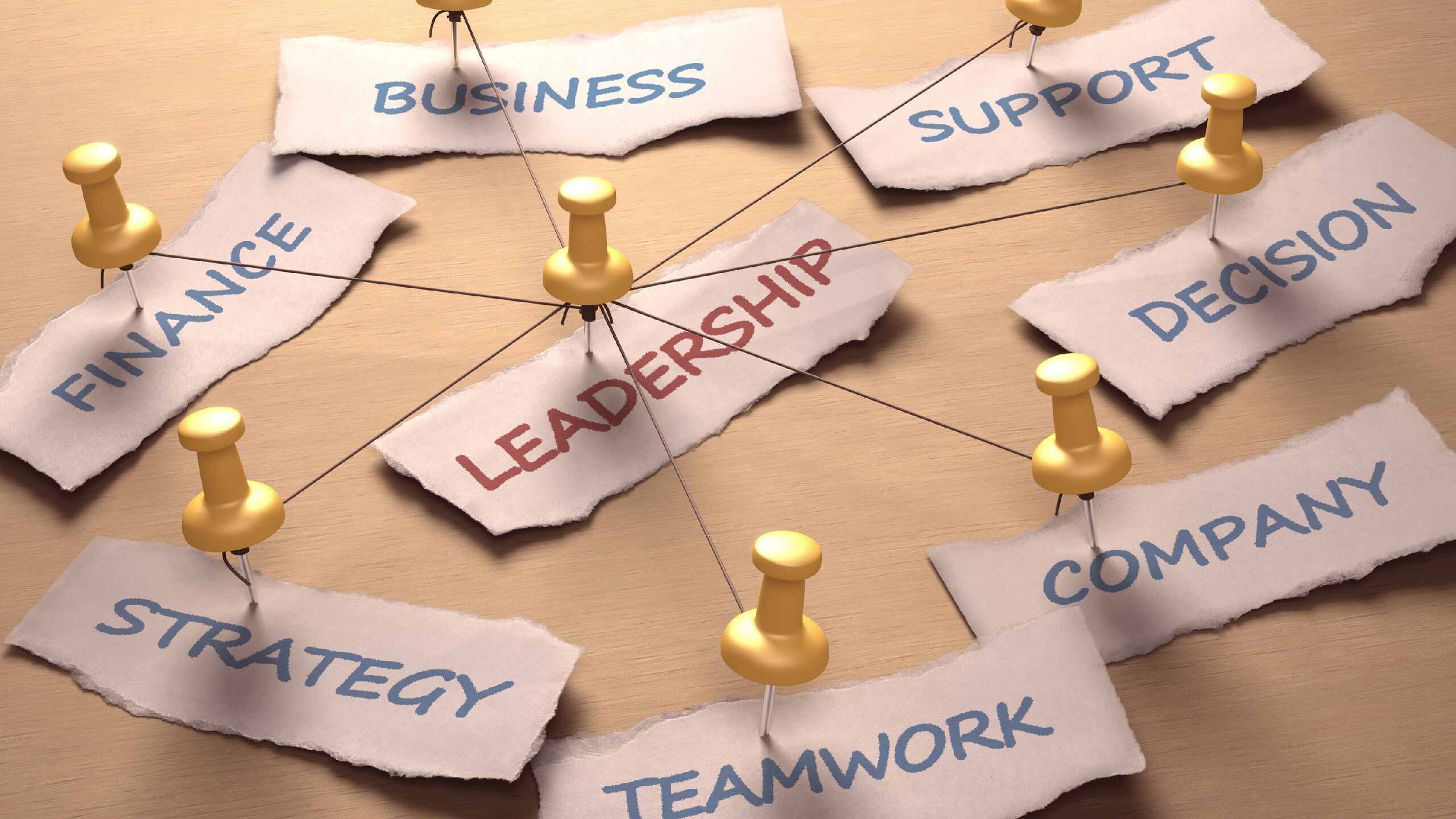Posts

FIVE CORE LEADERSHIP TACTICS
There are five leadership tactics that I follow that help me…

HOW CAN 'DEEP WORK' GET YOU BACK TO DOING AN EXTRAORDINARY JOB?
Do you want to do your job or do an extraordinary job?
There…

STRATEGIC FOCUS AND PLANNING
For our businesses to continue to thrive, we must constantly…

WHY IS COACHING ESSENTIAL TO GREAT LEADERSHIP?
There are various leadership styles we can exhibit, and one of…

2022 VISION – WHERE ARE YOU HEADED?
We are now into our seventh week in Q1, and it is time to refocus…

